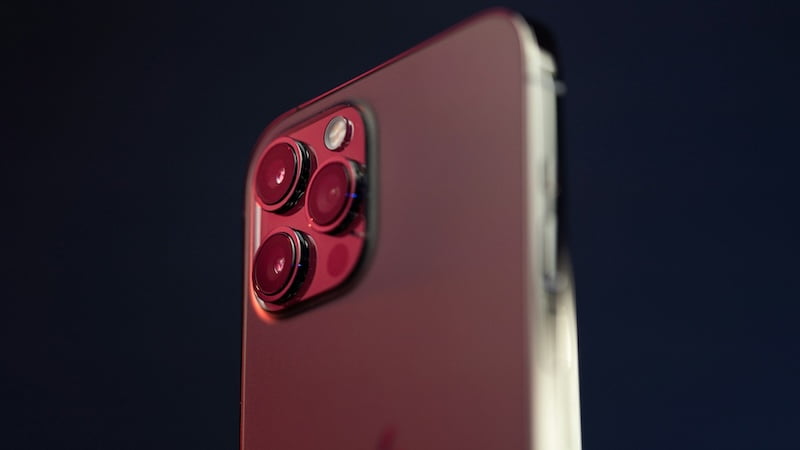
In recent years, smartphone cameras have undergone an impressive evolution. What once started as a simple tool for snapshots has evolved into a sophisticated tool for professional photography. Experts and enthusiasts alike are increasingly recognizing how reshaping the boundaries of smartphone cameras is changing the landscape of mobile photography.
With advanced technologies combined in a device that can be carried in your pocket, it is now possible to create images of stunning quality. This shift not only opens up new creative possibilities, but also defines what is possible with a contract iPhone or any other high-end smartphone. This article takes a look at the innovations shaping the future of mobile photography, from hardware advancements to groundbreaking software solutions.
The image sensor revolution: Smaller chips, greater possibilities
The miniaturization of image sensors without compromising on image quality represents a core innovation in the development of smartphone cameras. Modern image sensors use advanced technologies that make it possible to capture more light and thus significantly improve image quality even under difficult lighting conditions. These sensors are equipped with microlenses that collect light more efficiently and direct it to the sensor.
The use of Backside Illumination (BSI) further improves light sensitivity. The development is moving towards even smaller pixel sizes, which make it possible to produce sensors with even higher resolution without the devices having to become larger. This allows photographers to create extremely detailed images without the need for bulky camera equipment. The challenge is to find the right balance between pixel size, light sensitivity and noise behavior in order to continue to redefine the boundaries of mobile photography in the future.
Artificial Intelligence in Photography: How Algorithms Are Changing the Way We Take Pictures
Artificial intelligence (AI) plays a crucial role in the evolution of smartphone photography. AI algorithms analyze and understand scenes in real time to automatically adjust settings such as exposure, focus and color saturation. These intelligent systems can also handle complex tasks such as recognizing faces, enhancing portraits by smoothing skin, and selectively adjusting background blur.
Additionally, AI enables image fusion, a technique that combines multiple shots into a single, high-quality image. These advances dramatically improve image quality and open up new creative possibilities. AI-powered photography is revolutionizing how moments are captured by subordinating technology to creative expression.
From optics to software: The role of image editing apps in the future of photography
The future of mobile photography doesn't just lie in hardware. Software and especially image editing apps are playing an increasingly important role. These apps push creative boundaries by providing complex editing tools right on your smartphone.
From simple corrections like adjusting exposure and contrast to advanced techniques like layer-based editing or adding artificial bokeh effects, these apps enable post-edit editing that was previously only possible with professional software on the PC.
The integration of AI into these apps further enhances their capabilities by automatically suggesting improvements or even allowing complex retouches to be carried out with just a few taps. This development democratizes photo editing and makes high quality
The Impact of AR and VR on Mobile Photography: A New Age of Visual Exploration
Augmented Reality (AR) and Virtual Reality (VR) open up new dimensions in mobile photography. AR adds digital information or graphics to the images seen through smartphone cameras, enabling new perspectives. For example, you can display interactive information about sights directly in the image or insert virtual objects into the real world. VR, on the other hand, enables immersive experiences through 360-degree photography that can transport the viewer to distant places. The areas of application range from virtual property viewings to tourism.
The possibilities of AR and VR in photography are still in their early stages, but they already promise an exciting future. In particular, the integration of AR into photography allows images to be enriched with interactive and informative elements, which is interesting for both creative purposes and everyday use. VR offers the chance to experience places and events in a way that has never been possible before. Together, both technologies take us on a journey in which the boundaries between the real and digital worlds become increasingly blurred and create completely new visual experiences.
Source: https://www.basicthinking.de/blog/2024/03/27/smartphone-kameras-neu-definiert-zukunft-der-mobilen-fotografie/


